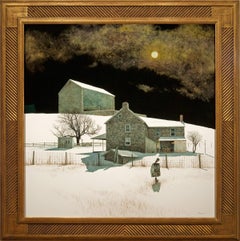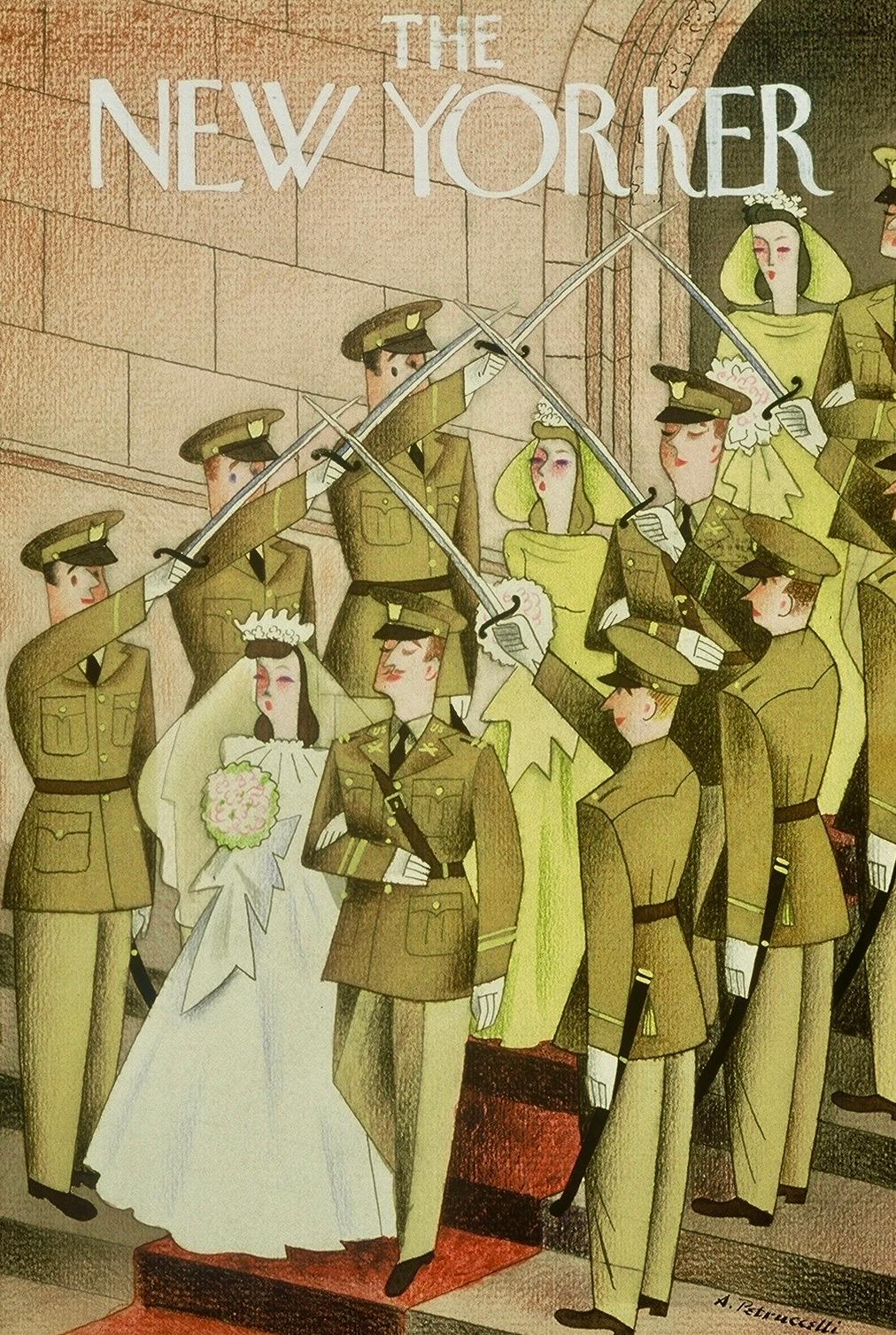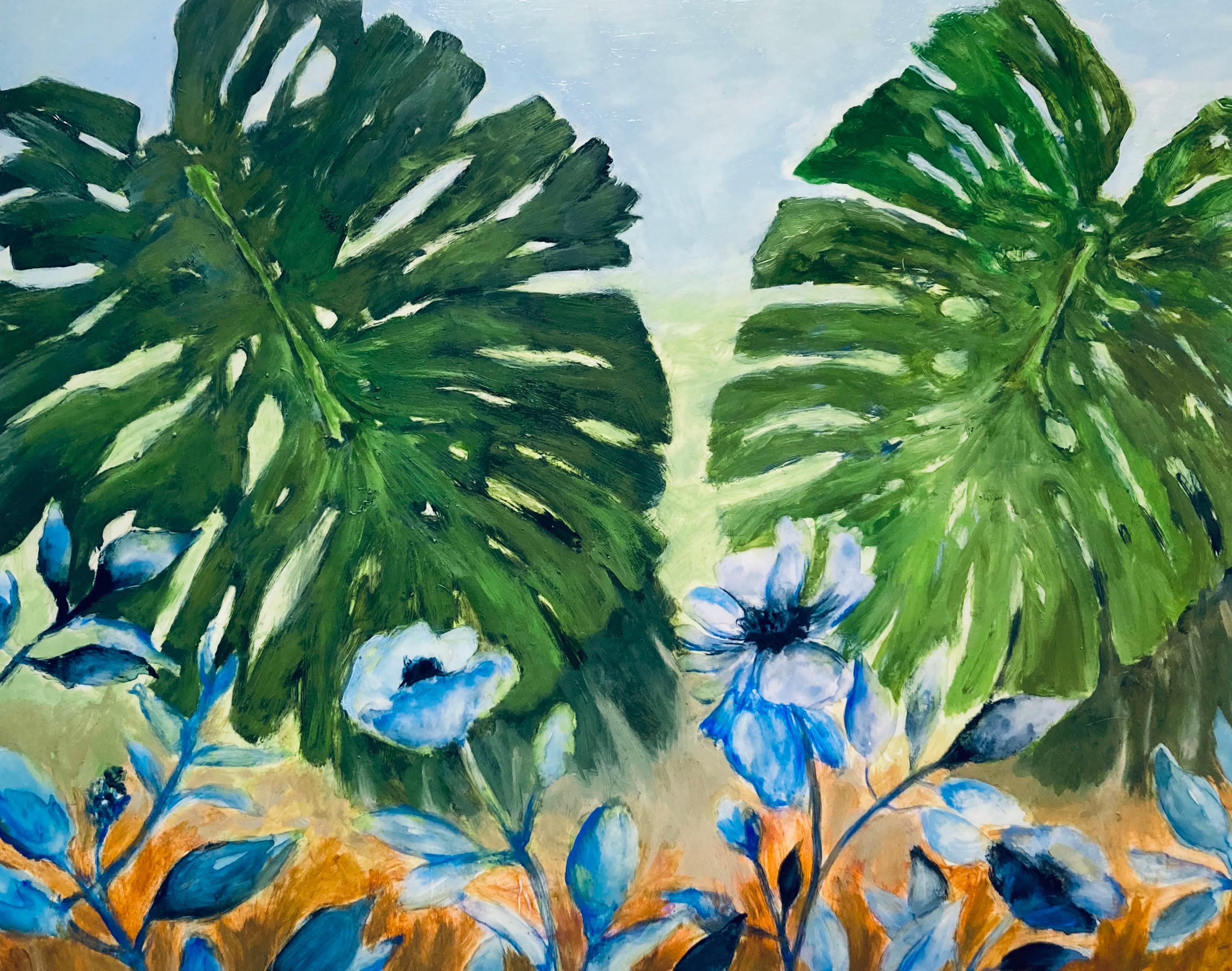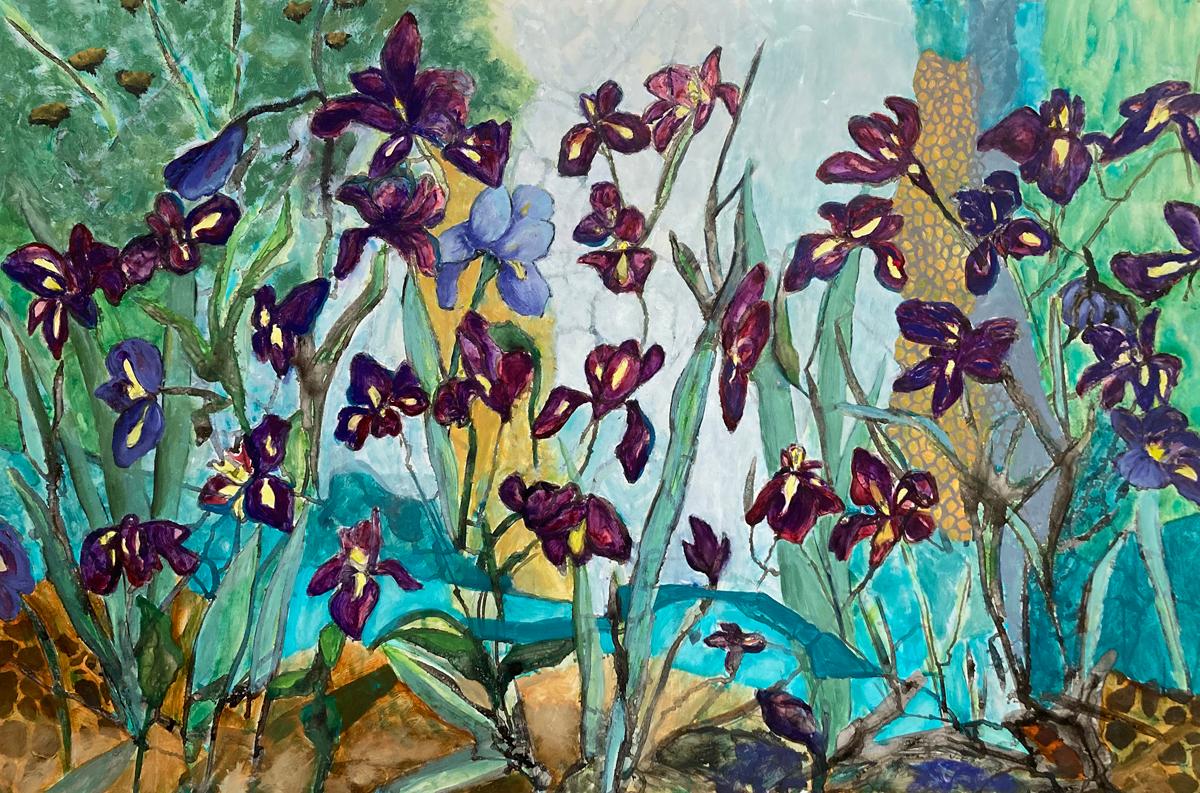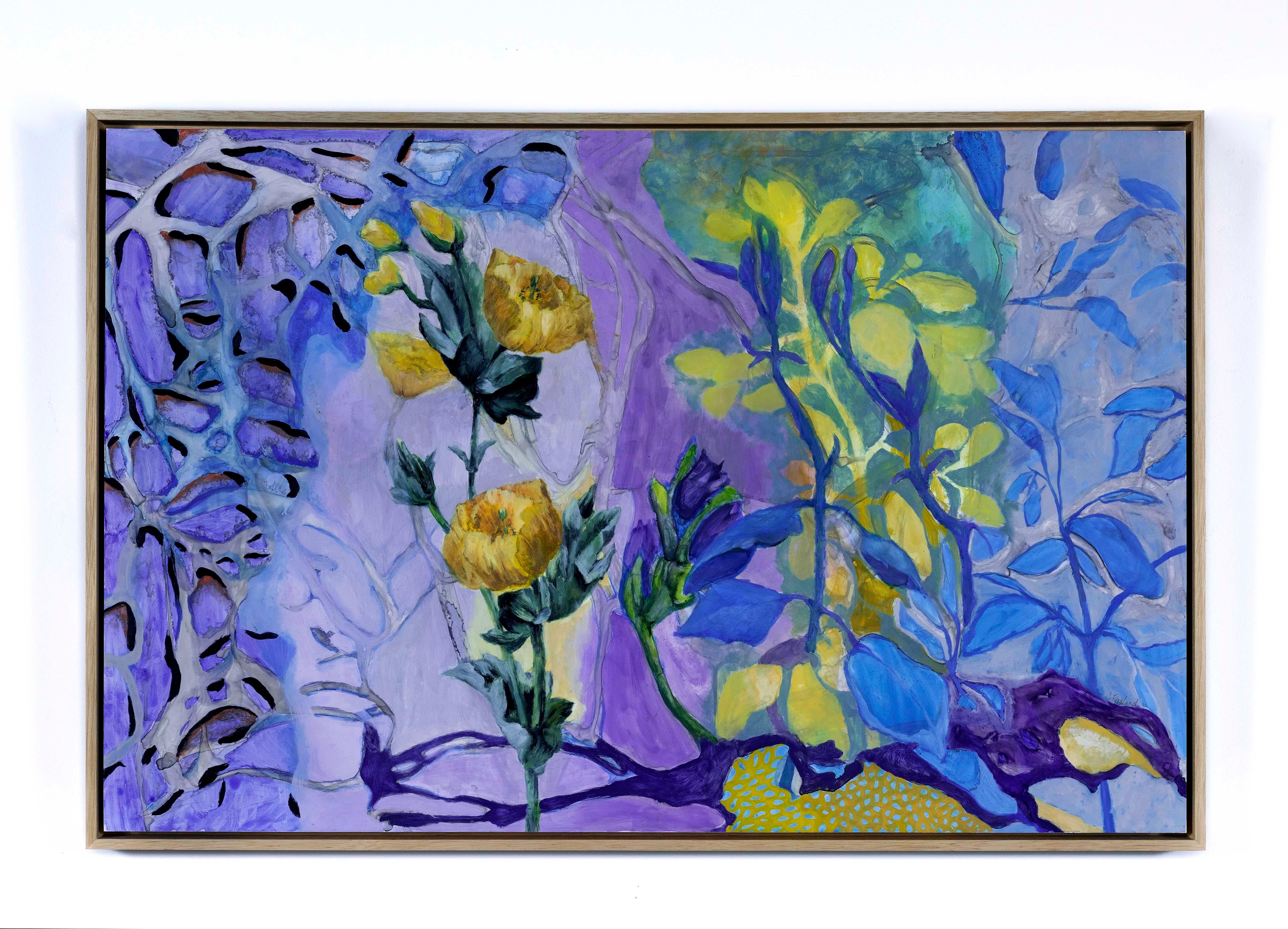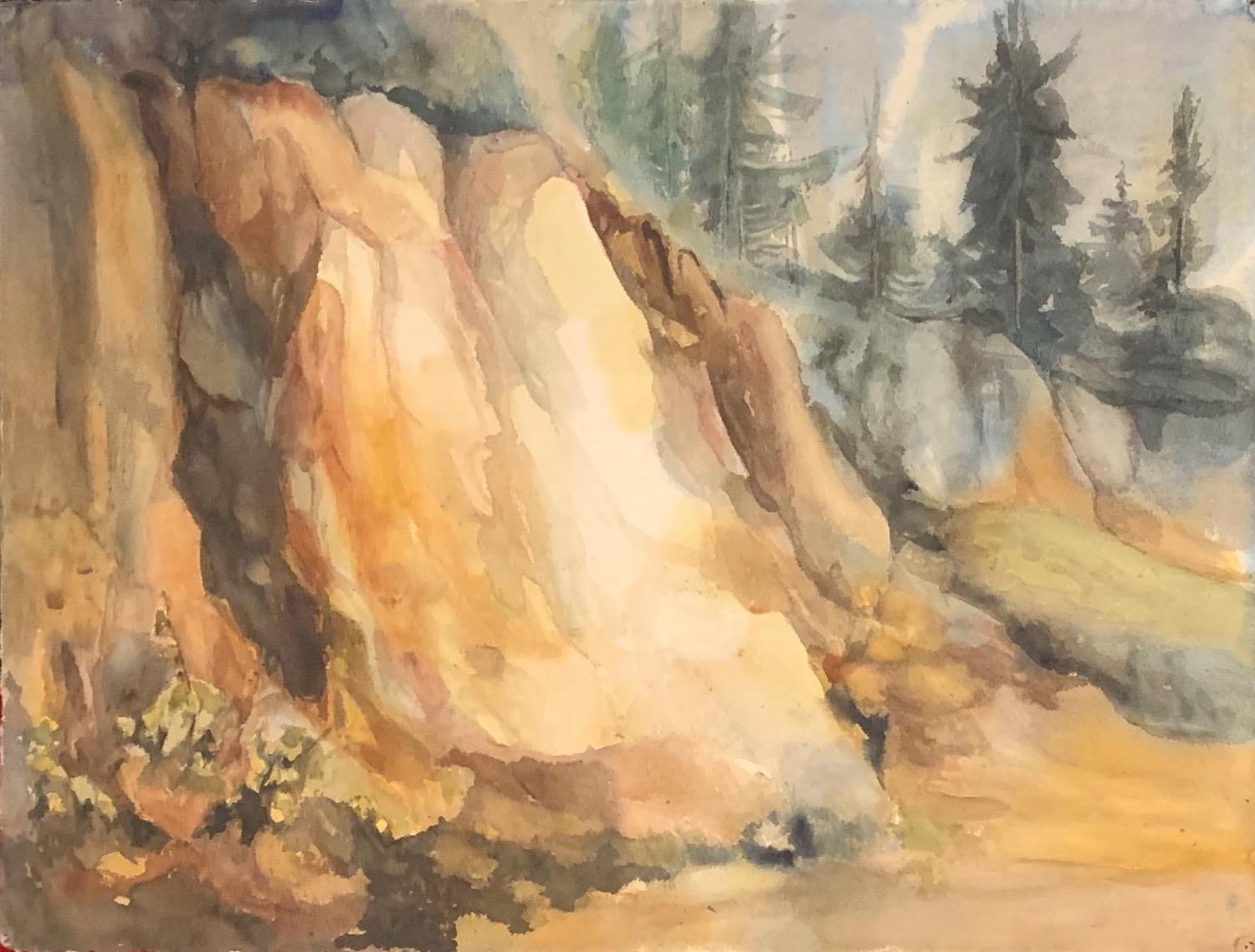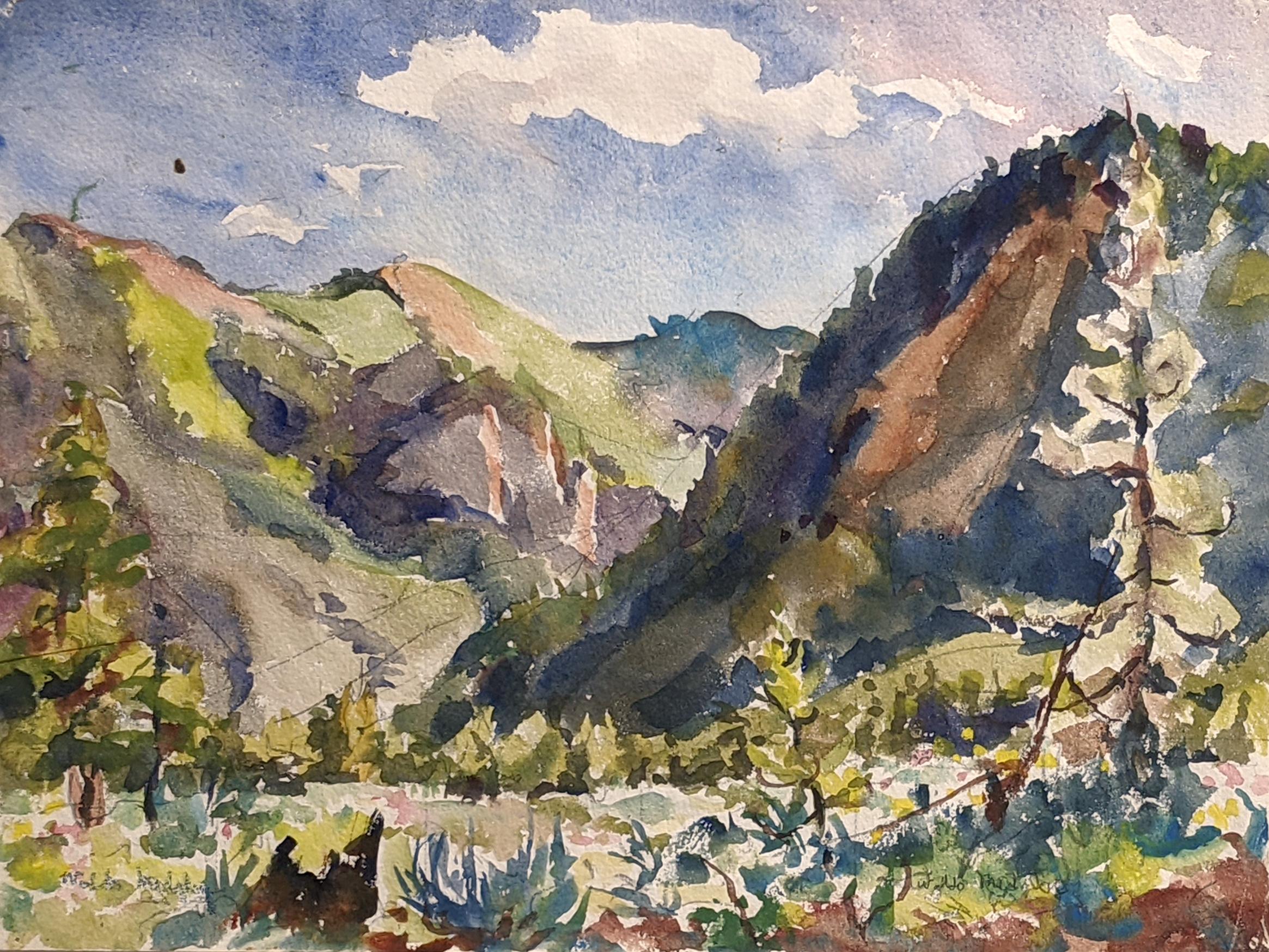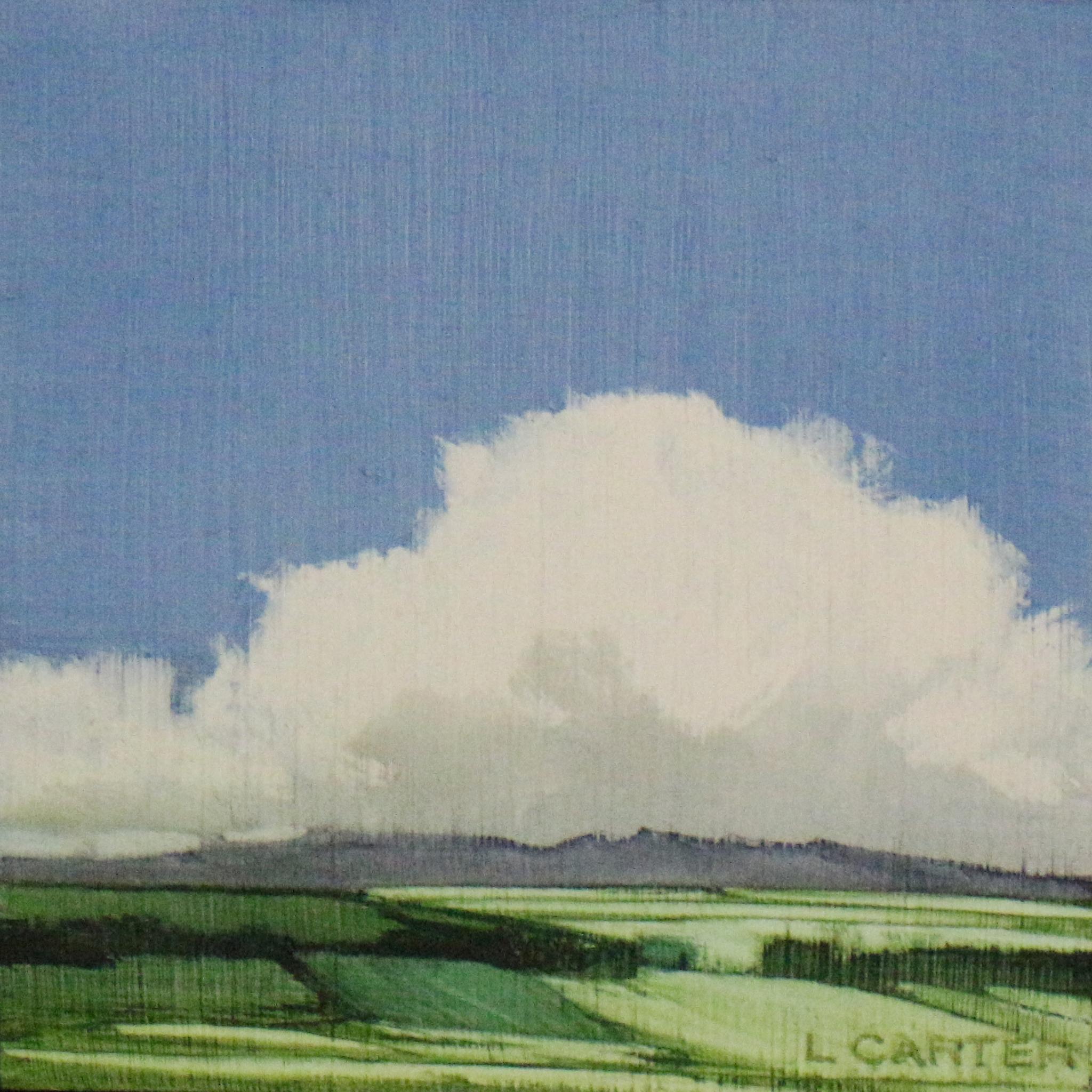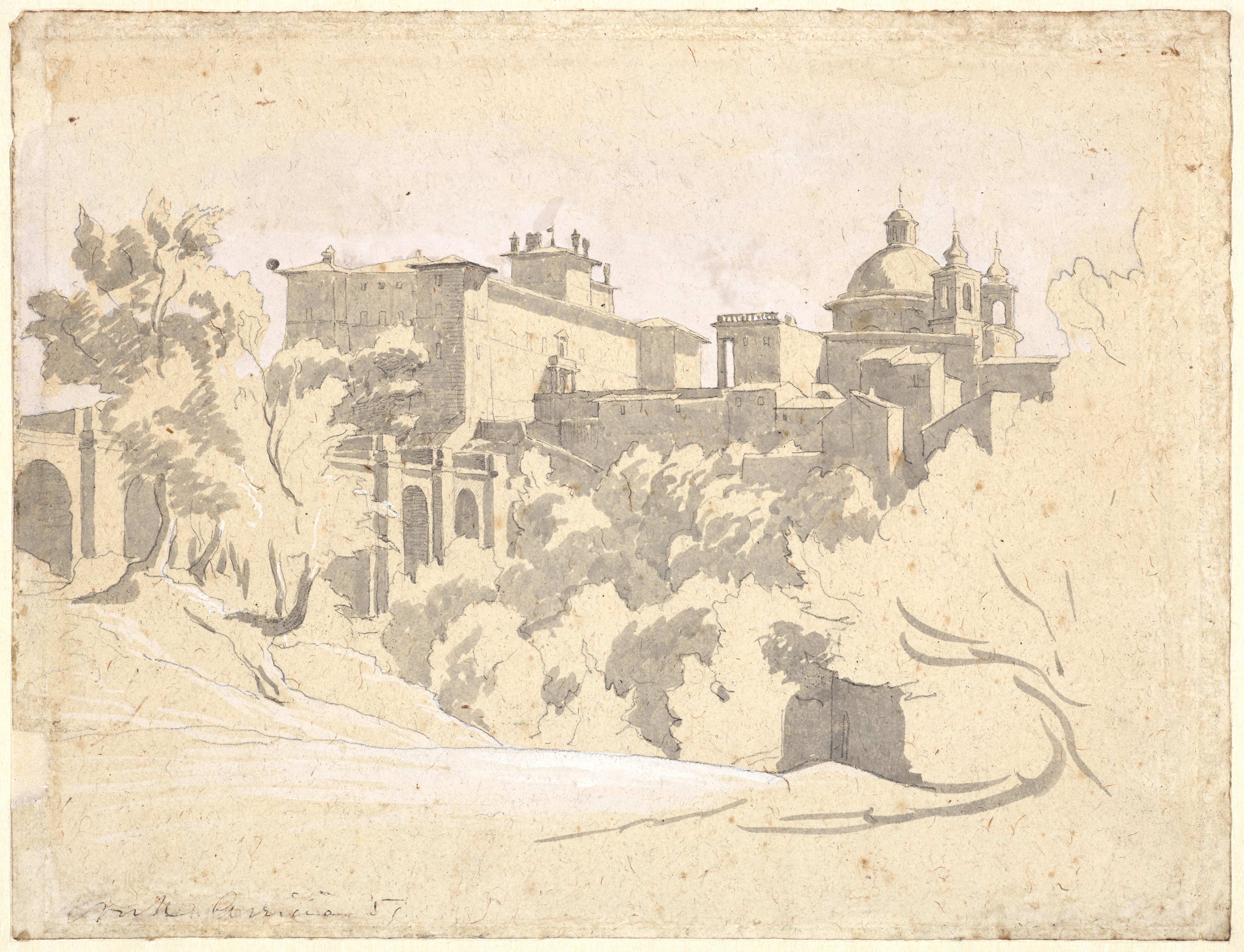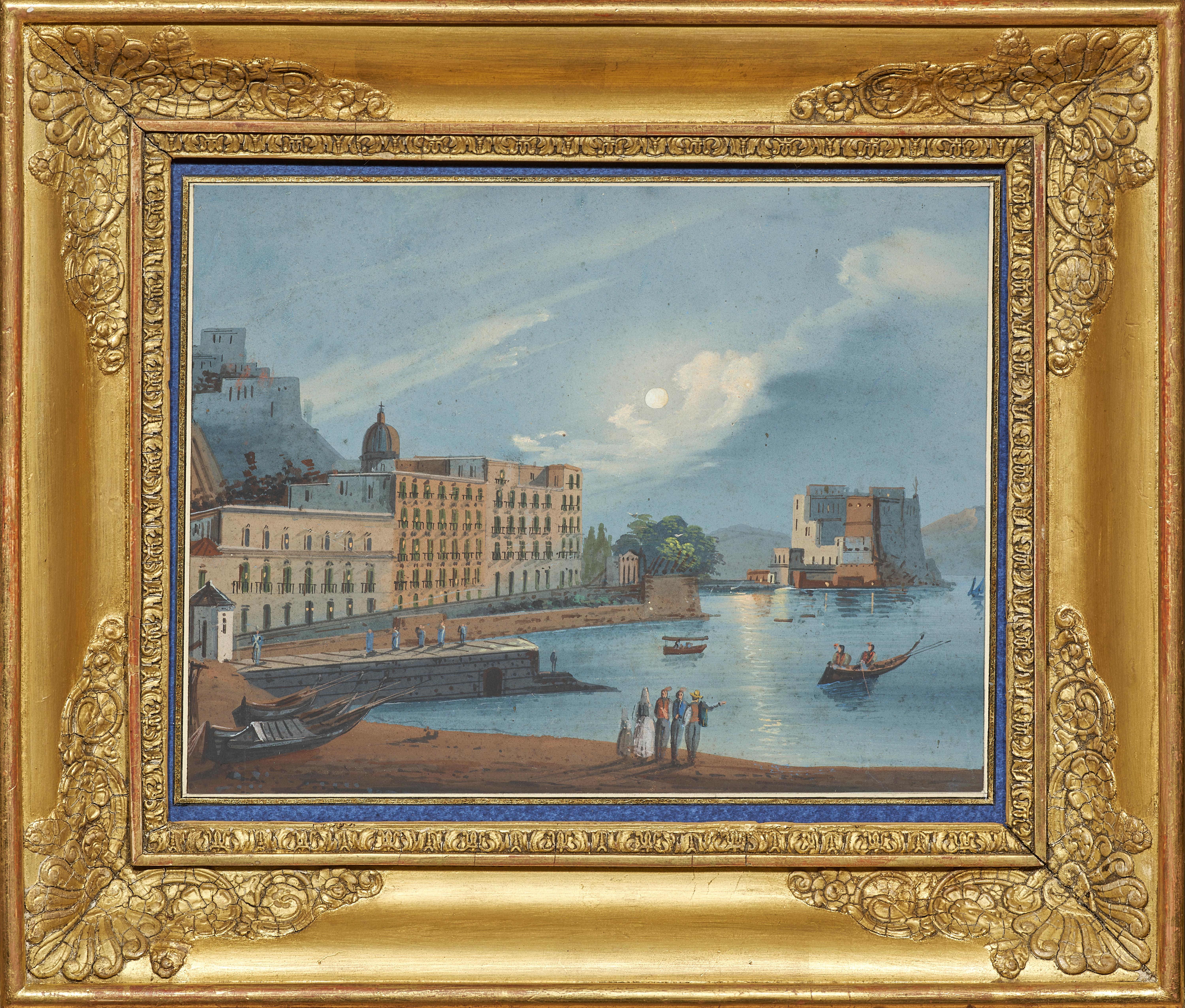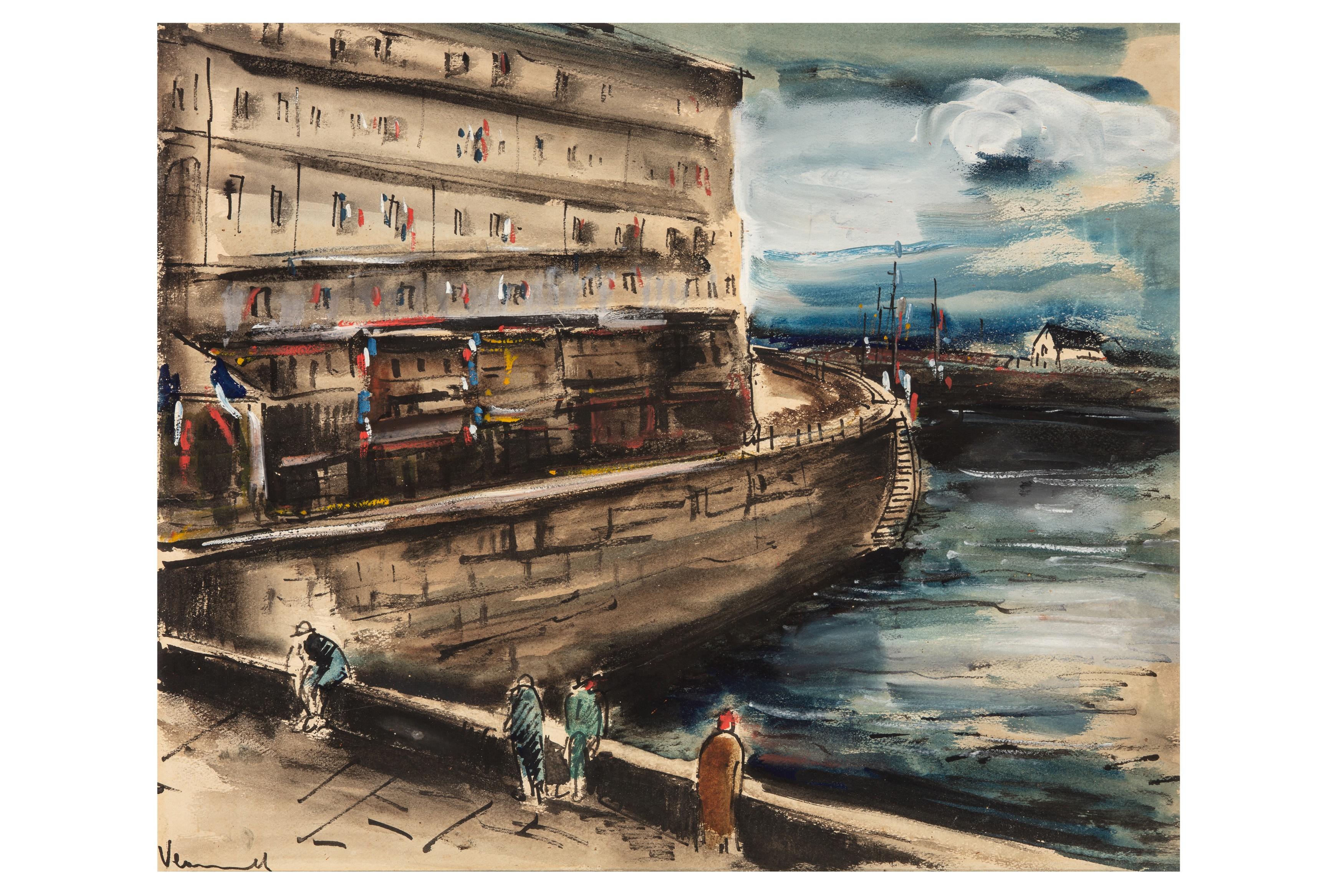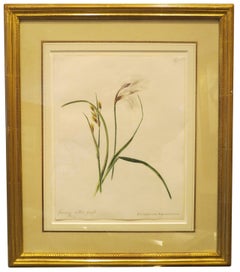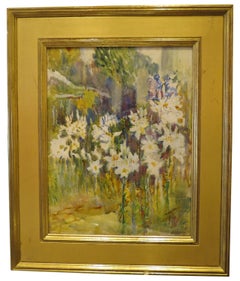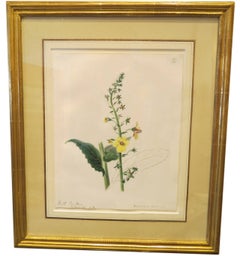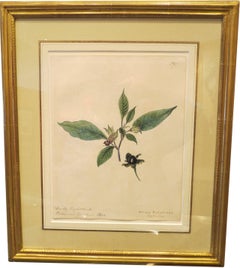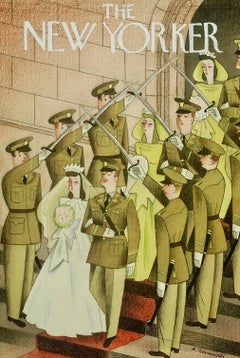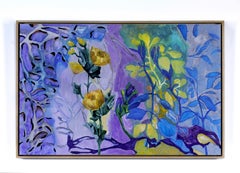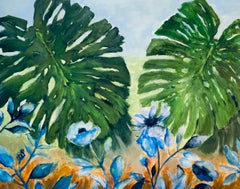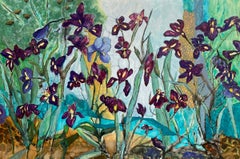Want more images or videos?
Request additional images or videos from the seller
1 of 4
Peter Sculthorpe"Moonlight Over the Farm"2009
2009
$61,875List Price
About the Item
- Creator:Peter Sculthorpe (1948, American)
- Creation Year:2009
- Dimensions:Height: 50 in (127 cm)Width: 50 in (127 cm)Depth: 2 in (5.08 cm)
- Medium:
- Movement & Style:
- Period:
- Condition:Signed and dated lower right.
- Gallery Location:Lambertville, NJ
- Reference Number:1stDibs: LU1573709642
About the Seller
5.0
Vetted Professional Seller
Every seller passes strict standards for authenticity and reliability
1stDibs seller since 2013
13 sales on 1stDibs
Typical response time: 4 hours
Authenticity Guarantee
In the unlikely event there’s an issue with an item’s authenticity, contact us within 1 year for a full refund. DetailsMoney-Back Guarantee
If your item is not as described, is damaged in transit, or does not arrive, contact us within 7 days for a full refund. Details24-Hour Cancellation
You have a 24-hour grace period in which to reconsider your purchase, with no questions asked.Vetted Professional Sellers
Our world-class sellers must adhere to strict standards for service and quality, maintaining the integrity of our listings.Price-Match Guarantee
If you find that a seller listed the same item for a lower price elsewhere, we’ll match it.Trusted Global Delivery
Our best-in-class carrier network provides specialized shipping options worldwide, including custom delivery.More From This Seller
View All"Common Cotton Grass - Eriophorum Angustifolium
By Emily Stackhouse
Located in Lambertville, NJ
A Collection of Botanical Watercolours: Drawings of British Plants
Emily Stackhouse (1811-1870) perfectly illustrates the Victorian fascination with the countryside in this remark...
Category
19th Century Naturalistic Landscape Drawings and Watercolors
Materials
Paper, Watercolor
"Lillies in Bloom"
By Annie Gooding Sykes
Located in Lambertville, NJ
One of several prominent women associated with the artistic life of Cincinnati at the turn of the century, Annie G. Sykes was recognized for her colorful, Impressionist-inspired watercolors. Throughout her long and successful career, she explored a variety of themes ranging from landscapes, flowers and the figure to the picturesque scenery of New England, Europe and Bermuda.
Sykes was born Annie Sullings Gooding in Brookline, Massachusetts. Her father, Josiah Gooding, was a silversmith and engraver, and her mother, Ann, was a gifted needle-worker. Stimulated by the example of her parents, Sykes developed an interest in art during her childhood, honing her skills as a draftsman in art classes at school by drawing flowers, trees and other natural forms. She initiated her formal studies at the Lowell Institute in Boston in 1875, attending drawing classes there until 1878, when she enrolled at the school of the Museum of Fine Arts. Sykes is believed to have studied at the museum school until her marriage to Gerritt Sykes in 1882.
Following her nuptials, Sykes and her husband moved to Cincinnati, at that time a flourishing cultural center dubbed the "Queen City of the West." While Gerritt and a friend established the Franklin School for boys, Sykes continued to follow her artistic inclinations. Desirous of refining her skills, she enrolled at the Cincinnati Art Academy in 1884. Throughout the next ten years, she continued her training under such noted American painters as Frank Duveneck and Thomas Satterwhite Noble. Although she occasionally worked in oil, watercolor became Sykes' favorite medium of expression.
Despite the birth of two children--Milly in 1885 and Anne in 1888--Sykes successfully balanced the demands of home and family with her professional aspirations. She began contributing to the annual exhibitions of the Boston Art Club in 1890 and the New York Watercolor Club the following year. In 1892, she became a charter member of the Woman's Art Club of Cincinnati, where she would exhibit regularly until 1923.
In 1895, Sykes had her first solo show at the Traxel & Maas Gallery in Cincinnati, exhibiting a group of her watercolors. Local critics praised her fresh, vibrant colors and her spontaneous technique, and in a review in the Cincinnati Enquirer she was identified as representing "the new school of impressionism." Sykes's longstanding relationship with the Cincinnati Art Museum began that same year, when she first participated in that institution's annual shows. Indeed, between 1895 and 1926, she would exhibit there on forty-two occasions. Sykes also had a show (with Emma Mendenhall) at the Cinncinati Art Museum in 1908, and a three-person exhibition (with Emma Mendenhall and Dixie Selden) two years later.
Sykes's work was also featured in the annual watercolor shows at the Art Institute of Chicago, the Philadelphia Water Color Club and the Ohio Water Color Society. Her numerous professional affiliations included the National Association of Women Painters and Sculptors in New York and the Cincinnati Museum Association. Her standing among her peers was such that she was often invited to serve juries of selection, along with such eminent painters as Duveneck, Noble, Maurice Prendergast and Edward Redfield.
Prior to 1900, Sykes' was active in and around Boston, Cincinnati, and in Nonquitt, Massachusetts, where her family had a summer home. After the turn of the century, she spent many summers in Cape Porpoise...
Category
20th Century Expressionist Landscape Drawings and Watercolors
Materials
Watercolor
"Moth Mullein-Verbascum Blattaria"
By Emily Stackhouse
Located in Lambertville, NJ
A Collection of Botanical Watercolours: Drawings of British Plants
Emily Stackhouse (1811-1870) perfectly illustrates the Victorian fascination with the countryside in this remark...
Category
19th Century Naturalistic Landscape Drawings and Watercolors
Materials
Paper, Watercolor
"Deadly Nightshade - Atropa Belladonna"
By Emily Stackhouse
Located in Lambertville, NJ
A Collection of Botanical Watercolours: Drawings of British Plants
Emily Stackhouse (1811-1870) perfectly illustrates the Victorian fascination with the countryside in this remark...
Category
19th Century Other Art Style Landscape Drawings and Watercolors
Materials
Paper, Watercolor
"Cladium Mariscus"
By Emily Stackhouse
Located in Lambertville, NJ
A Collection of Botanical Watercolours: Drawings of British Plants
Emily Stackhouse (1811-1870) perfectly illustrates the Victorian fascination with the countryside in this remark...
Category
19th Century Naturalistic Landscape Drawings and Watercolors
Materials
Paper, Watercolor
"Seaside Village"
By Annie Gooding Sykes
Located in Lambertville, NJ
One of several prominent women associated with the artistic life of Cincinnati at the turn of the century, Annie G. Sykes was recognized for her colorful, Impressionist-inspired watercolors. Throughout her long and successful career, she explored a variety of themes ranging from landscapes, flowers and the figure to the picturesque scenery of New England, Europe and Bermuda.
Sykes was born Annie Sullings Gooding in Brookline, Massachusetts. Her father, Josiah Gooding, was a silversmith and engraver, and her mother, Ann, was a gifted needle-worker. Stimulated by the example of her parents, Sykes developed an interest in art during her childhood, honing her skills as a draftsman in art classes at school by drawing flowers, trees and other natural forms. She initiated her formal studies at the Lowell Institute in Boston in 1875, attending drawing classes there until 1878, when she enrolled at the school of the Museum of Fine Arts. Sykes is believed to have studied at the museum school until her marriage to Gerritt Sykes in 1882.
Following her nuptials, Sykes and her husband moved to Cincinnati, at that time a flourishing cultural center dubbed the "Queen City of the West." While Gerritt and a friend established the Franklin School for boys, Sykes continued to follow her artistic inclinations. Desirous of refining her skills, she enrolled at the Cincinnati Art Academy in 1884. Throughout the next ten years, she continued her training under such noted American painters as Frank Duveneck and Thomas Satterwhite Noble. Although she occasionally worked in oil, watercolor became Sykes' favorite medium of expression.
Despite the birth of two children--Milly in 1885 and Anne in 1888--Sykes successfully balanced the demands of home and family with her professional aspirations. She began contributing to the annual exhibitions of the Boston Art Club in 1890 and the New York Watercolor Club the following year. In 1892, she became a charter member of the Woman's Art Club of Cincinnati, where she would exhibit regularly until 1923.
In 1895, Sykes had her first solo show at the Traxel & Maas Gallery in Cincinnati, exhibiting a group of her watercolors. Local critics praised her fresh, vibrant colors and her spontaneous technique, and in a review in the Cincinnati Enquirer she was identified as representing "the new school of impressionism." Sykes's longstanding relationship with the Cincinnati Art Museum began that same year, when she first participated in that institution's annual shows. Indeed, between 1895 and 1926, she would exhibit there on forty-two occasions. Sykes also had a show (with Emma Mendenhall) at the Cinncinati Art Museum in 1908, and a three-person exhibition (with Emma Mendenhall and Dixie Selden) two years later.
Sykes's work was also featured in the annual watercolor shows at the Art Institute of Chicago, the Philadelphia Water Color Club and the Ohio Water Color Society. Her numerous professional affiliations included the National Association of Women Painters and Sculptors in New York and the Cincinnati Museum Association. Her standing among her peers was such that she was often invited to serve juries of selection, along with such eminent painters as Duveneck, Noble, Maurice Prendergast and Edward Redfield.
Prior to 1900, Sykes' was active in and around Boston, Cincinnati, and in Nonquitt, Massachusetts, where her family had a summer home. After the turn of the century, she spent many summers in Cape Porpoise...
Category
20th Century Expressionist Landscape Drawings and Watercolors
Materials
Watercolor
You May Also Like
Original Painting New Yorker Mag Cover proposal. Army Wedding American Scene WPA
By Antonio Petruccelli
Located in New York, NY
Original Painting New Yorker Mag Cover proposal. Army Wedding American Scene WPA
Antonio Petruccelli (1907 – 1994)
Army Wedding
New Yorker cover proposal, c. 1939
11 1/2 X 8 inches ...
Category
1930s American Realist Landscape Paintings
Materials
Gouache, Board
Yellow Poppies Ink Watercolor Oil on Yupo paper 26” x 40” Framed 31 ¼” x 45 ¼”
Located in Houston, TX
Yellow Poppies by Texas artist Julie England is an Ink and Watercolor, Oil on Yupo paper. The size of Yellow Poppies is Image 26” x 40” Framed 31 ¼” x 45 ¼” Yellow Poppies by Julie England is floated in a white 2” depth gallery frame with OP3 plexi glazing. Look for free shipping at checkout. Available for shipping on March 28.
Yellow Poppies was inspired by the idea of abstract art meets botanical illustration. Whether a mass of color blur or the focal point of a bloom like a botanical illustration, each is recording its environment and time. A meditative connection to the wild land comes with observation and ecological awareness. I paint natural, organic imagery with a focus on mark-making and use of material transparencies. My work includes vegetative and topological forms and gestures using color as a vehicle to convey energy from nature. I create images of imaginary environments inviting viewers to visit.
YELLOW POPPIES was included in the Natural Diversity Art...
Category
2010s American Realist Landscape Paintings
Materials
Mixed Media, Oil, Watercolor
Cool Afternoon Oil Watercolor Yupo Paper 11″ x 14″ Image 16″ x 21 3/4″ Frame
Located in Houston, TX
Cool Afternoon by Texas artist Julie England is an Ink and Watercolor, Oil on Yupo paper. The size of Cool Afternoon is 11″ x 14″ Image
16″ x 21 3/4″...
Category
2010s American Realist Landscape Paintings
Materials
Oil, Watercolor
Irises Ink, Watercolor, Oil on Yupo paper 26” x 40” Framed 31 ¼” x 45 ¼”
Located in Houston, TX
Irises by Texas artist Julie England is an Ink and Watercolor, Oil on Yupo paper. The size of Irises is Image 26” x 40” Framed 31 ¼” x 45 ¼” Art is...
Category
2010s American Realist Landscape Paintings
Materials
Mixed Media, Oil, Watercolor
1960s "Mountain Side" Watercolor Landscape California Gold Country Mid Century
Located in Arp, TX
Thelma Corbin Moody
AbEx Mountain Side
c. 1960's
Watercolor on Arches Paper
29.5" x 22", Unframed
Thelma Corbin Moody (1908-1986) of Modesto, CA....
Category
Late 20th Century American Realist Landscape Paintings
Materials
Paper, Watercolor
"The Red Silo" Winold Reiss, Rural Regionalist Landscape, Sunny Day on Farm
By Winold Reiss
Located in New York, NY
Winold Reiss
The Red Silo
Signed lower left
Watercolor on paper
20 x 29 inches
Winold Reiss (1886-1953) was an artist and designer who emigrated to the United States from Germany in 1913. Probably best known as a portraitist, Reiss was a pioneer of modernism and well known for his brilliant work in graphic and interior design. A compassionate man who greatly respected all people as human beings, he believed that his art could help break down racial prejudices. Like his father Fritz Reiss (1857-1915), who was also an artist and who was his son's first teacher, Winold Reiss was artistically moved by diverse cultures. The elder Reiss focused on folk life in Germany while Winold drew substantial inspiration from a range of cultures, particularly Native American, Mexican, and African-American.
As did many young aspiring artists, Winold Reiss studied with the esteemed painter and teacher Franz von Stuck at the Royal Academy of Fine Arts in Munich, which was at that time a center of the decorative and fine-arts movement. It is not known whether Reiss met E. Martin Hennings...
Category
Mid-20th Century American Realist Landscape Drawings and Watercolors
Materials
Paper, Watercolor
Recently Viewed
View AllMore Ways To Browse
Large Vintage Framed Print
Vintage Italian Oil Paintings
Female Artists Abstract
Gray And Yellow Abstract Painting
Vanity Fair Prints
The Vintage Fox
20th Century Japanese Painting
New Mexico Photography
Italian Mixed Media Artists
Romantic Oil Painting
Still Life Realism
Nude Woman Painting
New Objectivity
American Abstract Expressionism Painting
Old Man Painting
Vintage French Nudes
Abstract 1952
Etchings 1960
